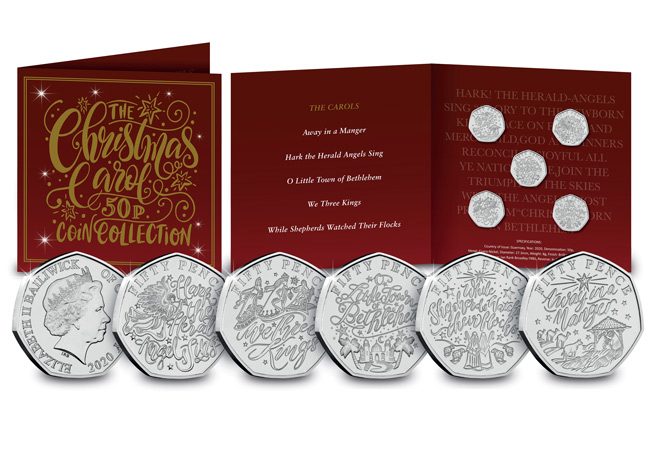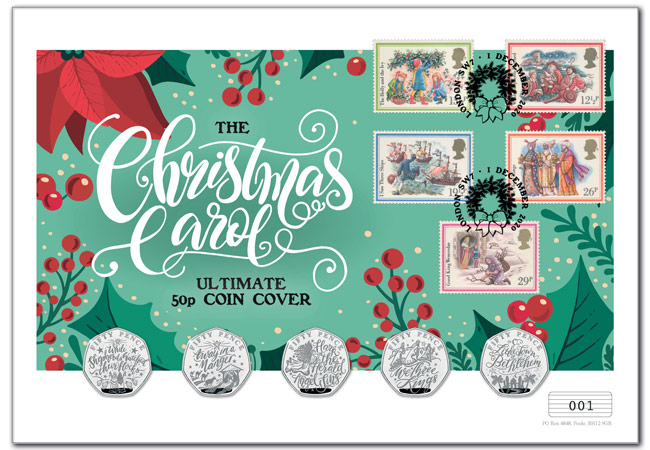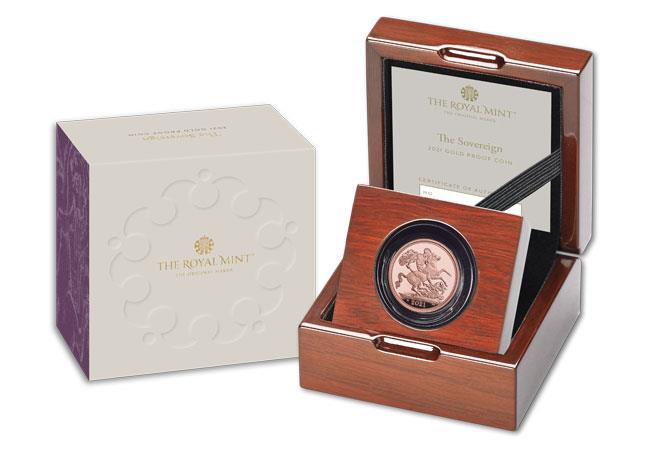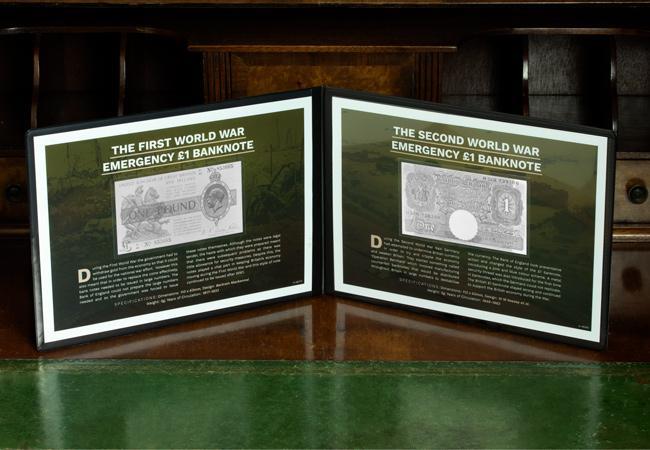Shop
FIVE BRAND NEW Christmas Carol 50p COINS REVEALED
Whether it’s in person or virtually this Christmas, we are ready to start singing from the hymn sheet as one of our favourite times of year approaches. And to make it even better, we can now reveal with great excitement our brand new Christmas Carol 50p Coins!

The tradition of singing Christmas Carols during the festive period dates back to the 19th century. In fact, it is believed that the Christmas Carol Service was invented in Truro by Edward White Benson, who later became the Archbishop of Canterbury.
These stunning new festive 50p coins celebrate some of the most renowned Christmas carols and I’m sure there are many of us, myself included, with very fond memories of singing carols throughout the festive season.
The FIVE new coins have been issued by Guernsey Treasury and are fully authorised by Her Majesty the Queen. Each feature a specially commissioned design by artist Jo Goodberry (you may remember she designed the incredibly popular Pantomime 50ps last year), including; Away in a Manger, Hark the Herald Angels Sing, O Little Town of Bethlehem, While Shepherds watched their flocks, and We Three Kings.
So whether you’re looking for the new centrepiece for your collection, you’re an avid 50p collector, or you’re looking for the perfect Christmas gift for a loved one, I’m sure you’ll love these new 50p coins.
Find out more about the different ways you can own these wonderful Christmas Carol 50p Coins below:
The Christmas Carol 50p Brilliant Uncirculated Coin Collection Pack
Over the last couple of years, new 50p coins have launched a whole new generation of collectors and so demand for these latest 50ps is expected to be very high. The coins will arrive ready to display in a customised presentation pack. You can secure the complete set of FIVE TODAY for only £30.00!
The Limited Edition 2020 Christmas Carol Silver Proof 50p Coin Collection
The coins you can see here have all been struck from .925 Solid Silver to a pristine Proof finish and feature selective colour printing. Importantly, this set is one of the only ways you can own all five of these designs. None will be released individually. With an extremely limited worldwide mintage of JUST 2,020 they’re not expected to be available for long.
Click here to secure yours today >>
The 2020 Christmas Carol 50p Christmas Card
The new Brilliant Uncirculated ‘Hark the Herald’ Christmas 50p is the only coin from the collection to be available on its own within this stunning Christmas card. What better way is there to wish family and friends a very Merry Christmas? Priced at just £7.99 it’s the perfect way to get ahead with your Christmas shopping this year.
The Christmas Carol Ultimate 50p Coin Cover
The ULTIMATE Stamp and Coin Cover is also available for pre-order. Featuring all five coins in Brilliant Uncirculated quality, this cover has been carefully paired with the elusive 1982 Royal Mail Christmas Carol stamps. These stamps are not easy to get hold of, and only 750 covers are being released worldwide with a postmark on the first day of Advent – 1st December 2020.
Prices start from just £7.99 so if you’re interested please click here to see the whole range >>
Why time is ticking for you to secure the NEW 2021 Gold Proof Sovereign…
The new 2021 Gold Proof Sovereign has been released today, and it’s sure to be the Sovereign release of the decade. But you may only have days to own one. Let me tell you why…
We’re in the golden age of the Proof Sovereign. As you may know, the Proof Sovereign has become the UK’s flagship annual release that’s highly sought-after worldwide.
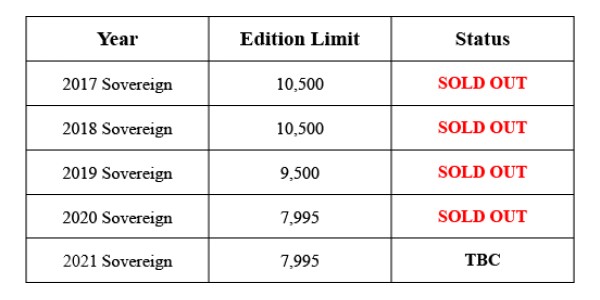
As you can see, recent UK Gold Proof Sovereigns have an undisputed track record of completely selling out. Many with a matter of weeks.
TWO special features to mark Her Majesty’s incredible reign
In 2021 we will mark the Her Majesty the Queen’s milestone 95th birthday.
To celebrate this, the Proof Sovereign features a special one-year-only unique ‘95’ privy mint mark. Sovereigns featuring privy marks are some of the most collectable Sovereigns around, so demand WILL be high.
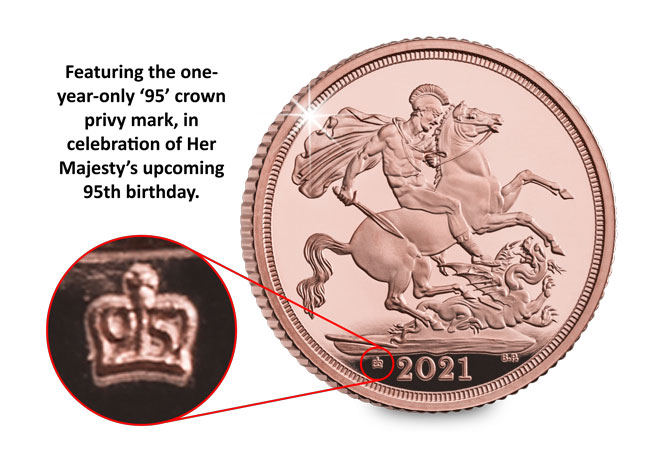
One-year-only privy marks are only applied to coins for the most significant events and anniversaries and this is certainly an important one.
But that’s not all!
Most significantly, for the first time since the Proof Sovereign was first issued as a collector’s piece in 1979, the specification has been altered and just 95 mill marks have been precisely engraved on the edge of the coin. A Sovereign would usually have 108 mills. Each one of the 95 mill marks on this coin represents a year of Her Majesty’s life, and is an exceptional tribute to her incredible life and reign.
These TWO special features mean that this Sovereign will be a collecting priority and is sure to be the most sought-after yet.
The most significant Sovereign of this decade
Queen Elizabeth IIs’ reign is arguably one of the most important and impressive in Britain’s history.
That’s because she is longest reigning head of state the UK, and in fact the world, has ever seen. 81% of the British population have been born following her coronation, so she is the only monarch that the majority of us have ever known.
Not only that, only a mere 0.9% of British people are over the age of 90 – so our Queen is part of a very elite club! This could very well be the most significant Sovereign we see this decade – it’s forever a symbol of the Queen’s longevity.
22 Carat Gold Pedigree

The 2021 Sovereign is minted from 22 Carat Gold and it is this historical pedigree that makes the coin so admired and sought-after around the world.
It is also one of the finest examples of British craftsmanship. The exceptional ‘proof’ finish is the result of the coin being struck up to 4 times using specially polished dies.
The time and effort required to produce the frosted relief and mirrored background of the coin is why a proof finish is considered the pinnacle of the mint-masters art – and the most sought-after by collectors.
And with an edition limit of JUST 7,995 worldwide – the SAME edition limit as last year’s Sovereign that COMPLETELY SOLD OUT in a matter of weeks – this year’s Proof Sovereign has all the elements to be the most collectable gold coin of the year, if not decade.
If you’re interested…
You can secure the 2021 Gold Proof Sovereign now, but you’ll have to act quickly. You can secure yours today for a down payment of JUST £62.50 followed by nine further interest-free instalments – the most affordable way to own the new coin.
The British banknote set to sell for up to £12,000!
Tomorrow on 28th October a Victorian £5 Banknote is set to sell at auction catalogued at up to £12,000! Now you might be wondering how an old piece of paper could be worth such an extortionate price. Well, even though it is over 150 years old, the banknote is in pristine condition – almost as if it has come straight from the Victorian Cashier who issued it himself!
The £5 Banknote, dated for the 28th December 1863 is a representation of the height of the industrial period and the advances made in Victorian Britain. In fact the design and printing technology was so advanced that the exact design was used up until 1956! You see, British Banknotes have an incredible history that is often overlooked in the collecting world…
The First UK Banknote
In 1694 King William III was at war with France, and as is often the case with warfare, the financial state of the nation was put under pressure. And so the Bank of England was established. One of its main jobs was to issue banknotes in return for deposits of gold or silver. It’s thought that the first banknote ever issued was one for £1000! But seeing as most people’s wages were less than £20 a year in those days, most people never saw a banknote.

Each banknote was handwritten on bank paper addressed to the payee, and signed by a cashier to authenticate it –sort of like a modern day cheque. This is a tradition that continues today as each banknote is issued with the Chief Cashier’s signature.
“I promise to pay the barer on demand the sum of five pounds”
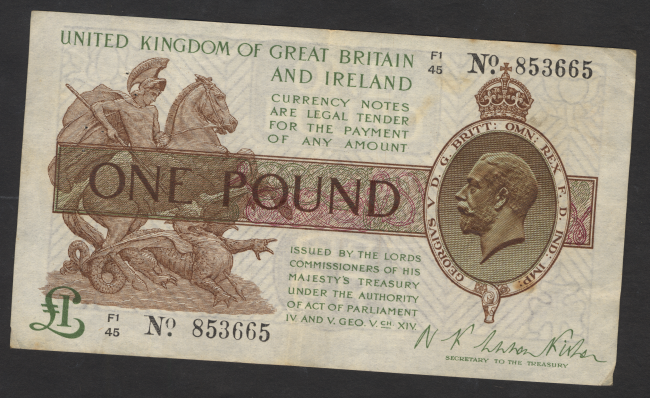
Before 1853 banknotes were completely handwritten, but the innovation of the Victorian period meant that templates for banknotes could be printed. Therefore cashiers no longer had to sign each note individually. The words “I promise to pay the bearer on demand the sum of Five pounds” were introduced to link the notes to a physical gold value. In theory, anyone could go to the bank and ask them to give them £5 worth of gold in exchange for a £5 banknote, although the meaning has changed today, the tradition remains on the banknotes.
Emergency Wartime issues
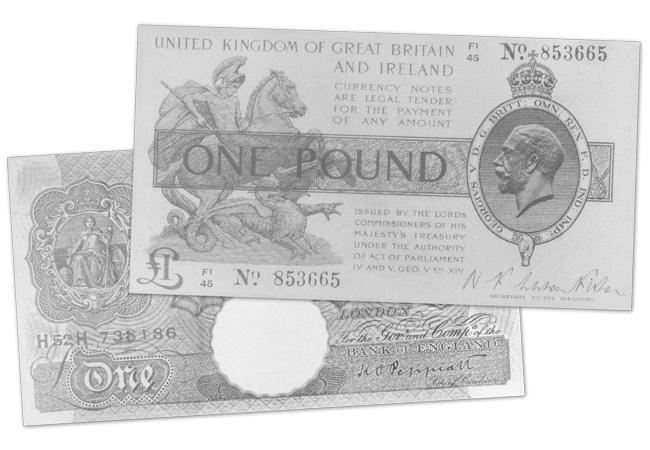
During the First World War, gold was preserved by the government and gold coins in circulation had to be withdrawn. To replace these coins, the Bank of England needed to make a large supply of £1 and 10/- notes available, but the haste at which these were produced meant that there were huge security problems. The notes were too small for cashiers to handle and they had very few anti-counterfeiting measures, but the notes themselves played a vital role in keeping the economy going.
The Second World War Nazi threat

During World War Two, the British government found out about a Nazi plot to introduced thousands of fake banknotes to destabilise British currency. However the Bank of England took emergency action and changed the colour of some of the notes for the duration of the war. The Nazi’s could not match the high levels of security features on the British banknotes and their plans failed.
Polymer banknotes
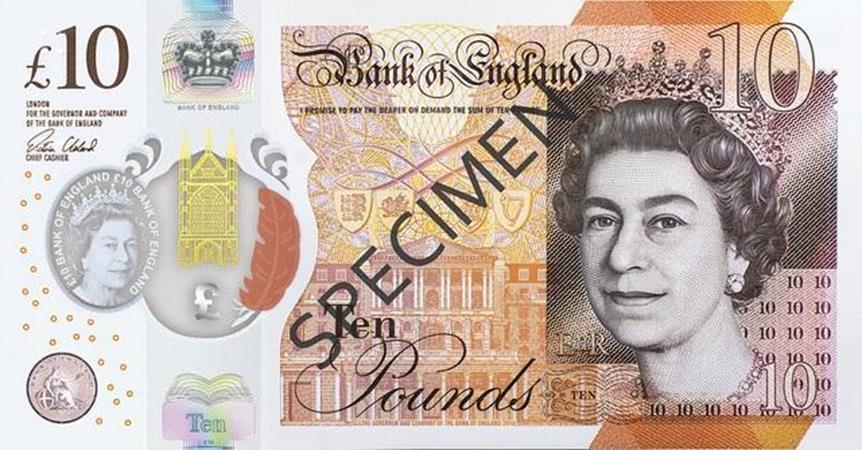
Today historic banknotes are harder and harder to get hold of, especially the ones in good condition, and those that are will often sell for thousands of pounds. Few have seen the earlier banknotes, and a small number of us remember using pre-decimal or war time banknotes in our childhoods. This is largely because the paper design which made them more susceptible to damage, so many have been lost over time. The new polymer banknotes first issued in 2016 marked a monumental change in numismatic history, bringing new technology and innovation to our pockets.
If you’re interested
Today you have the chance to own a limited edition pair of Emergency Wartime Banknote reproductions, each struck from 5g of FINE SILVER.
The Emergency Banknotes each carry a fascinating story, and your Silver versions come complete in a presentation folder telling the full story of how these banknotes helped Britain win the war.
JUST 100 of these special FINE SILVER banknotes pairs are available, so click here to order yours now, before it’s too late >>

